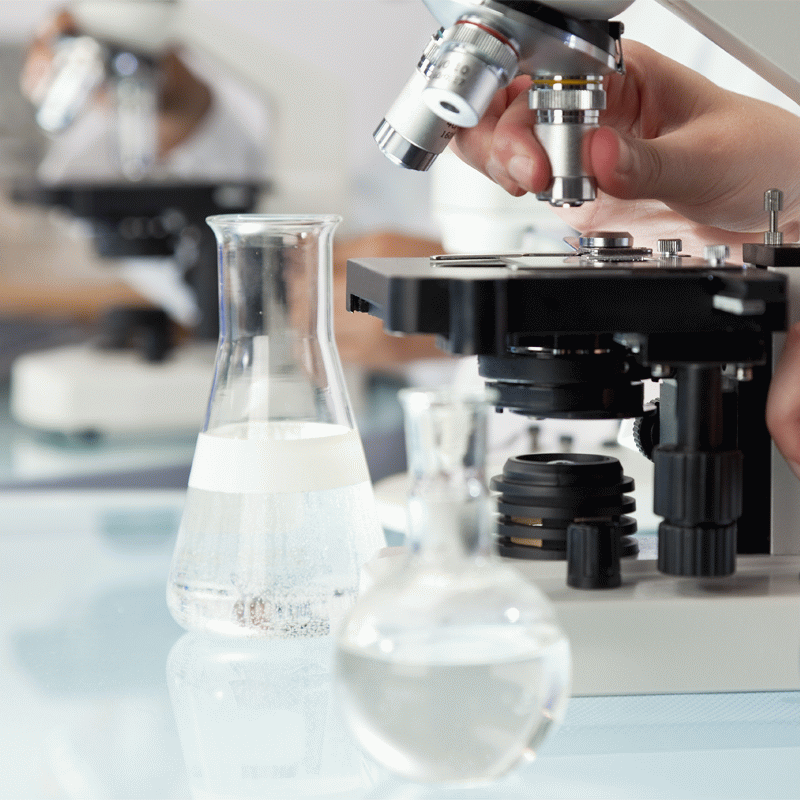-
Categories
-
Pharmaceutical Intermediates
-
Active Pharmaceutical Ingredients
-
Food Additives
- Industrial Coatings
- Agrochemicals
- Dyes and Pigments
- Surfactant
- Flavors and Fragrances
- Chemical Reagents
- Catalyst and Auxiliary
- Natural Products
- Inorganic Chemistry
-
Organic Chemistry
-
Biochemical Engineering
- Analytical Chemistry
- Cosmetic Ingredient
-
Pharmaceutical Intermediates
Promotion
ECHEMI Mall
Wholesale
Weekly Price
Exhibition
News
-
Trade Service
Obtaining meaningful snapshots of the metabolome of microorganisms requires rapid sampling and immediate quenching of all metabolic activity, to prevent any changes in metabolite levels after sampling. Furthermore, a suitable extraction method is required ensuring complete extraction of metabolites from the cells and inactivation of enzymatic activity, with minimal degradation of labile compounds. Finally a sensitive, high-throughput analysis platform is needed to quantify a large number of metabolites in a small amount of sample. An issue which has often been overlooked in microbial metabolomics is the fact that many intracellular metabolites are also present in significant amounts outside the cells, and may interfere with the endometabolome measurements. Attempts to remove the extracellular metabolites with dedicated quenching methods often induce release of intracellular metabolites into the quenching solution. For eukaryotic microorganisms, leakage can be minimized by adaptation of the quenching method. For prokaryotic cells this had not yet been accomplished, so the application of a differential method whereby metabolites are measured in the culture supernatant as well as in total broth samples, to calculate the intracellular levels by subtraction, seems to be the most suitable approach. Here we present an overview of different sampling, quenching, and extraction methods developed for microbial metabolomics, described in the literature. Detailed protocols are provided for rapid sampling, quenching, and extraction for measurement of metabolites in total broth samples, washed cell samples and supernatant, to be applied for quantitative metabolomics of both eukaryotic and prokaryotic microorganisms.






